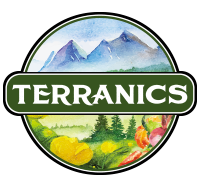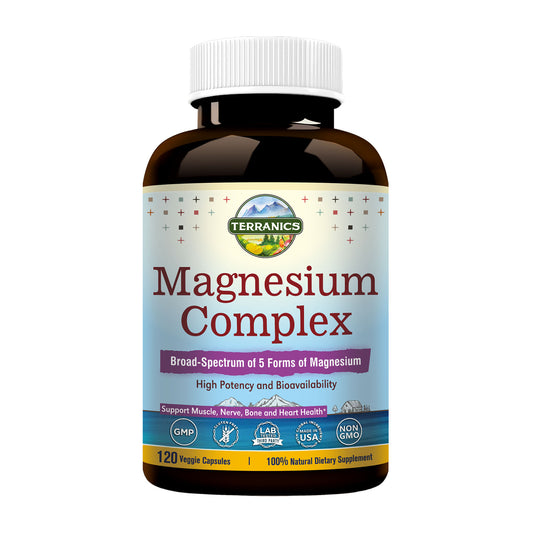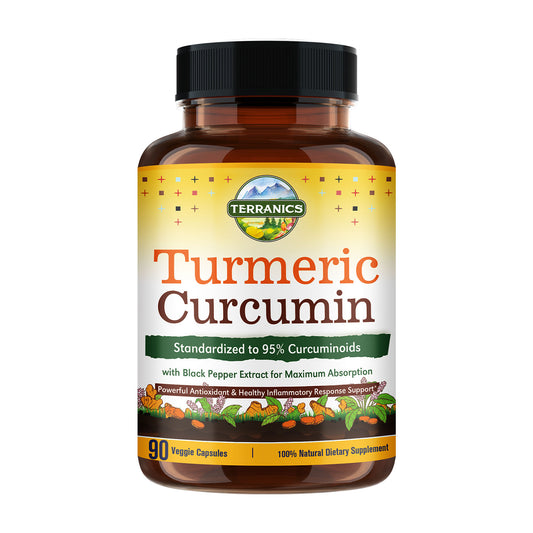
In today's fast-paced world, maintaining a healthy lifestyle can be challenging, especially when it comes to eating nutritious meals. However, one effective strategy that can make a significant difference in achieving your health goals is meal prepping. Meal prepping involves planning and preparing your meals in advance, ensuring that you have healthy and delicious options readily available throughout the week.
If you're new to meal prepping and looking to kickstart your journey towards better health, this blog post will provide you with essential tips to help you get started.
What Is Meal Planning
Meal planning is the process of organizing and scheduling your meals in advance. It involves deciding what to eat, when to eat it, and how to prepare it. Meal planning allows you to take control of your nutrition and ensures that you have healthy meals readily available. It eliminates the last-minute decision-making that often leads to unhealthy food choices.
Why Try Meal Prepping
Meal prepping is the act of preparing your meals in advance. It's not just about cooking everything at once; it also involves prepping ingredients, portioning out food, and storing it in a way that makes it easy to grab and go. Here's why you might want to give it a try:
Save Time
Instead of scrambling to cook dinner every night, you can have healthy meals ready to go. This is especially helpful if you have a busy schedule.
Eat Healthier
When you meal prep, you're more likely to make healthier choices. You'll have nutritious food on hand, so you won't be tempted by unhealthy takeout or snacks.
Save Money
Meal prepping can help you reduce food waste. You'll be buying only what you need, and you'll be less likely to throw away leftovers.
Reduce Stress
Knowing that you have healthy meals ready to go can take a lot of stress out of your day. You won't have to worry about what to cook or whether you have the ingredients on hand.
Tools for Meal Planning
Meal Planning Apps
Apps like MyFitnessPal, Mealime, and Plan to Eat can help you create meal plans, generate shopping lists, and even find recipes.
Recipe Websites and Cookbooks
There are countless resources available online and in print for finding healthy and delicious recipes.
Weekly Planner
A simple weekly planner can help you keep track of your meal schedule. You can write down what you're going to eat each day, and you can also use it to jot down any grocery lists or meal prep notes.
Getting Started with Meal Prepping
Set Your Goals and Define Your Needs
Before diving into meal planning, take some time to establish your goals and identify your specific dietary needs. Are you looking to lose weight, gain muscle, or simply eat a more balanced diet? Consider any dietary restrictions or food allergies you may have. Understanding your goals and needs will help you tailor your meal plan accordingly.
Invest in Good Containers
A top-quality set of containers is indispensable for those embracing meal preparation. When selecting your containers, ensure they are freezer-safe, as indicated by a snowflake symbol. Variety is essential, so choose a range of sizes to accommodate your meal prepping needs. Additionally, opt for dishwasher-safe containers to minimize time spent on manual cleaning. It's advisable to stick to a single brand, as this simplifies the search for compatible lids.
Know Yourself and Do Your Research
Understanding your own body and conducting proper research are important aspects of meal preparation. While following recipes is beneficial, it's crucial to take into account your body's individual requirements. For instance, if you have low iron levels, incorporating foods like spinach, pumpkin seeds, quinoa, and red meat into your meal prep can be advantageous. Similarly, if gluten triggers bloating and tiredness, you can opt for rice, quinoa, and corn tortillas as substitutes for bread and wheat.
Grocery Shopping Tips for Meal Preppers
Before heading to the grocery store, make a comprehensive list of the ingredients you need for your planned meals. Organize the list by categories (e.g., produce, dairy, proteins) to streamline your shopping process.
Stick to the Perimeter
The perimeter of the grocery store typically houses fresh produce, lean proteins, and dairy products. Focus on these areas to ensure you're selecting whole, nutrient-dense foods.
Shop in Bulk
For non-perishable items like whole grains, nuts, and seeds, consider buying in bulk. This approach can save your money and reduce the frequency of shopping trips.
Check for Sales and Discounts
Keep an eye out for sales and discounts on items you frequently use. This can help you stay within budget while still enjoying a variety of nutritious ingredients.
Avoid Impulse Purchases
Stick to your grocery list to prevent impulse purchases of unhealthy snacks or unnecessary items. Shop with intention and discipline.
Conclusion
Meal planning and prepping are powerful tools for maintaining a healthy and balanced diet. By understanding the basics of meal planning and prepping, identifying your health goals, gathering essential tools, planning your meals, and optimizing your grocery shopping experience, you'll be well on your way to enjoying the benefits of efficient meal preparation and improved overall well-being. Start today, and embark on a journey towards a healthier and more organized lifestyle.




